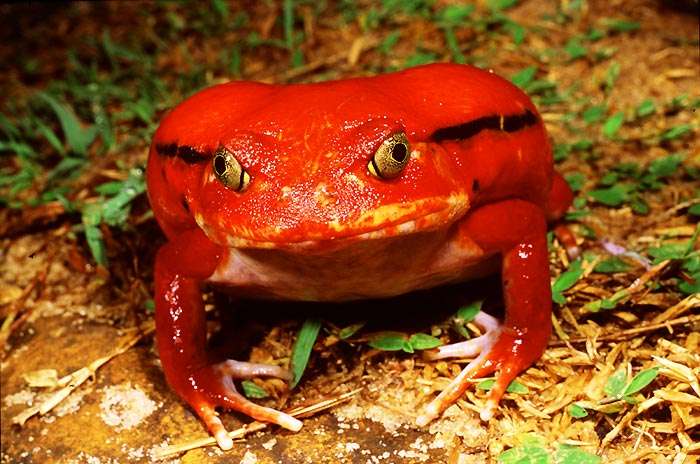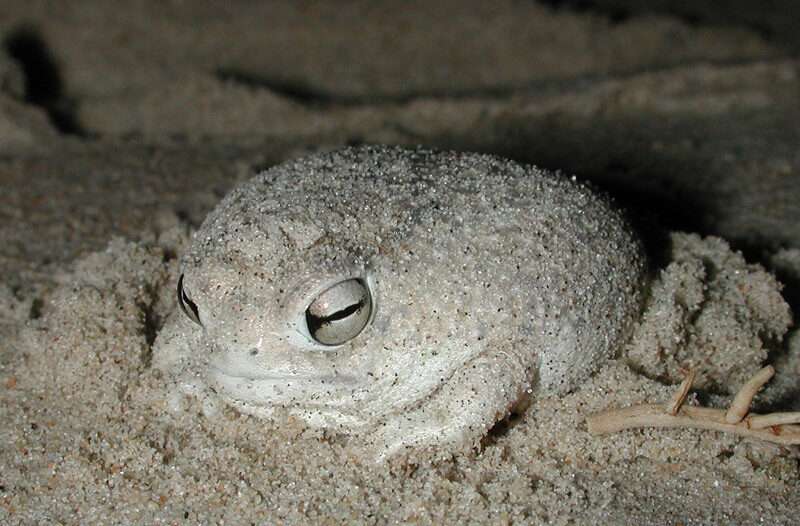
Bright colors and distinctive patterns are characteristics of poison dart frogs. The Dendrobatidae family is home to these vibrant creatures. Poison dart frogs, as their names indicate, are toxic, and researchers think that the formicine ants they eat are what give them the toxins.
Depending on their level of toxicity, handling poison dart frogs can be hazardous to people. Some are more toxic than others. These frogs’ poison and colour serve to dissuade predators from eating them.
Keeping as Pet
The good news is that poison dart frog pets aren’t at all dangerous if you adore frogs but are concerned about the toxicity of these colourful amphibians. Even if you adopt one from the wild, you can anticipate that it will eventually become less toxic. This occurs because the large variety of toxic ants and other insects that these frogs consume while living in the wild contribute to the development of their toxicity. But in captivity, if such venomous insects aren’t eaten by them, they lose their poisonous properties.

Light Requirements
The amazing cages that may be created for dart frogs are a big part of the fun of keeping them. You are more likely to observe their natural behaviors in action in a tank that is densely planted. Plant illumination is essential as a result, and the Bio Dude Glow & Grow LED is a great choice for keeping a beautiful enclosure full with healthy plants.
Usually, dart frogs do not receive UVB. The best option would be an Arcadia 6% UVB bulb, but keep in mind that keepers frequently use glass tops to maintain the required humidity levels, which will filter out the UVB and render it ineffective. For this reason, the most popular technique with dart frog caretakers is nutritional supplementation with D3.
Temperature Requirements
The ideal temperature range for dart frog care is in the low to mid 70s. Over 80 degrees Fahrenheit might quickly become deadly. For novice keepers of frogs, humidity can be a challenging factor to dart frogs. The majority of species demand a range of 70% to 100%, never falling below 50%.
Feeding
Juveniles and adults should both be fed at least four to five times each week, depending on their age, species, and number of dart frogs being housed. It can be difficult to determine how much to feed, so depending on the size of the species, I advise starting with roughly 10-20 for young juveniles, 25-35 for older juveniles, and 50+ for adults. If there are many flies still present at the time of the next feeding and the frogs are in good physical condition, reduce the amount you are adding.
Table





